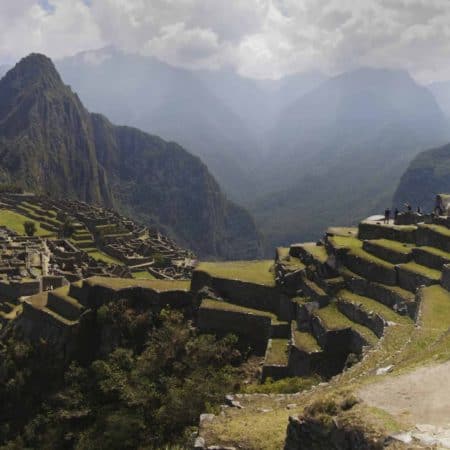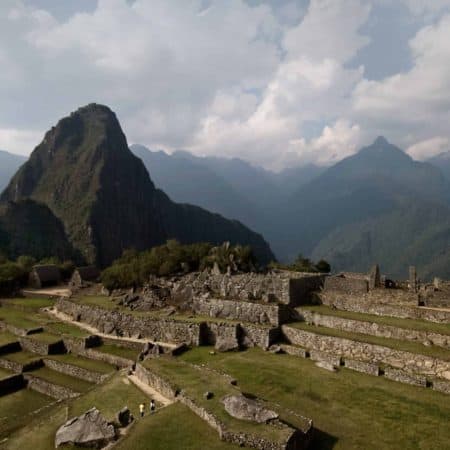Human civilisation has created spectacular works of art and structures that have inspired awe in the centuries. To celebrate these the Wonders of the World were devised. The ancient wonders of the world, excluding the Great Pyramid at Giza, have been destroyed or lost over time and so in 2007 the New 7 Wonders Foundation compiled a list of over 200 monuments, all UNESCO World Heritage Sites, and took the list to popular vote. The following monuments are now recognized as the New 7 Wonders of the World.

The Great Wall of China
Location: China | Built: 220 B.C. to A.D. 1644
Test your endurance, soak up the surrounding scenery, and make your way through parts of the historical Great Wall for a memorable experience in China.
The symbol of China, The Great Wall took almost 1,800 years to be completed. A series of walls were built by emperors and dynasties over many years. Eventually they were connected and became The Great Wall we know today, winding into the as far as the eye can see over its 13,000 mile length. Now it’s consistently China’s top attraction.

The Colosseum
Location: Rome, Italy | Built: A.D. 72-82
Walking up and catching the first glimpse of the Colosseum is enough to take your breath away.
The Colosseum is the world’s largest amphitheatre and is a prime example of architecture from the Roman Empire. Constructed from concrete and sand, the Colosseum is best known for its dramatic gladiator shows, ranging from gladiators fighting each other through to flooding the arena for sea battles. Only a third of the Colosseum remains today, but it’s still one of the main attractions to visit on a trip to Italy.
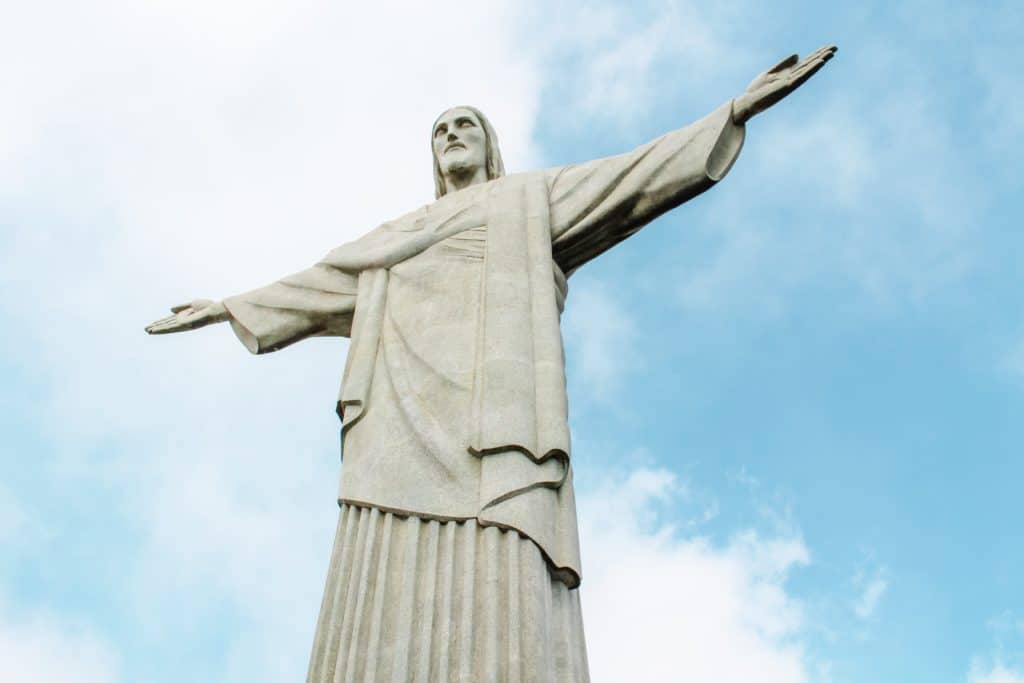
Christ the Redeemer Statue
Location: Rio de Janeiro, Brazil | Built: 1926-1931
Sitting on top of the 710m Corcovado mountain overlooking the beautiful Brazilian city of Rio de Janeiro, Christ the Redeemer is the newest structure of the 7 Wonders of the World. It stands 125 feet tall and was commissioned by the Catholic Church in the 20th century.
It’s a rich experience to see it from the top and witness its fantastic views of the city, mountains, and harbour plus take in the sheer size of the extraordinary monument.

Chichén Itzá
Location: Yucatán, Mexico | Built: 5th-13th century
Chichén Itzá is special for its demonstration of the Maya’s exceptional use of architectural space, astronomical knowledge, and sense of artistry. It’s believed that Chichén Itzá was one of the largest cities of the ancient Mayan world and was eventually part of the Maya-Toltec civilization. The now ruins boast religious features such as the Temple of Kukulkán’s 365 steps, symbolizing each day in the Haab solar calendar. One of the most accessible of the 7 wonders, it’s a must-see on any trip to Mexico.
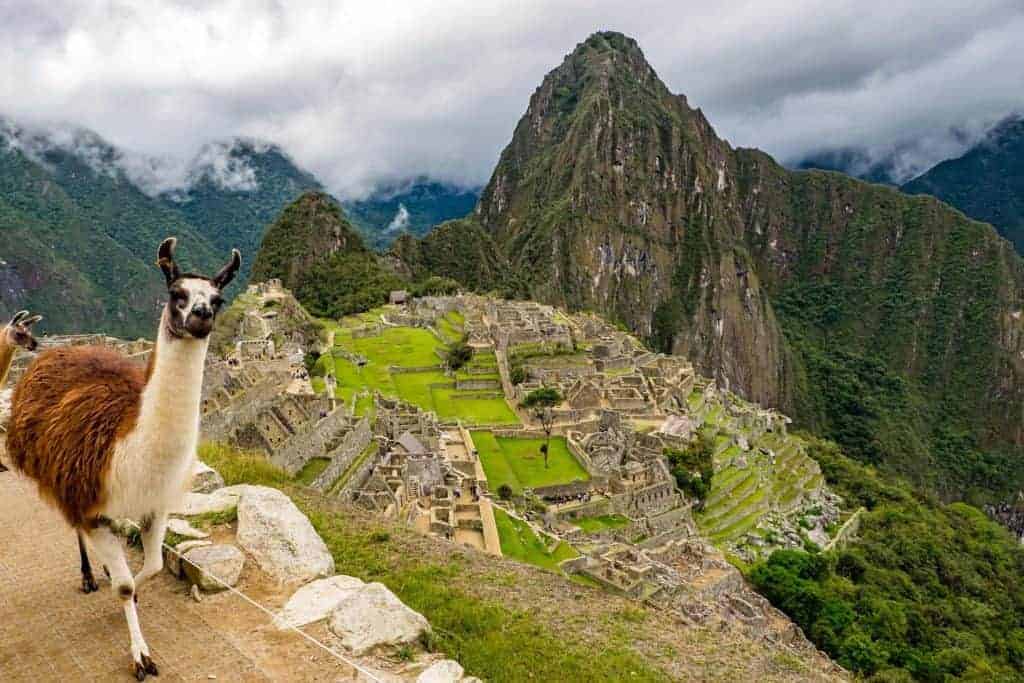
Machu Picchu
Location: Cuzco, Peru | Built: mid-15th century
Machu Picchu is an ancient Incan settlement located on the eastern side of the Andes Mountains. Machu Picchu was developed as a city, abandoned nearly 100 years later at the fall of the Incan Empire in 1532 before being rediscovered in 1911. The feeling of awe at the architecture of the buildings, the fantastic views from the Sun Gate and the spiritual atmosphere means that this enchanting city is the essential places to visit on a trip to Peru.
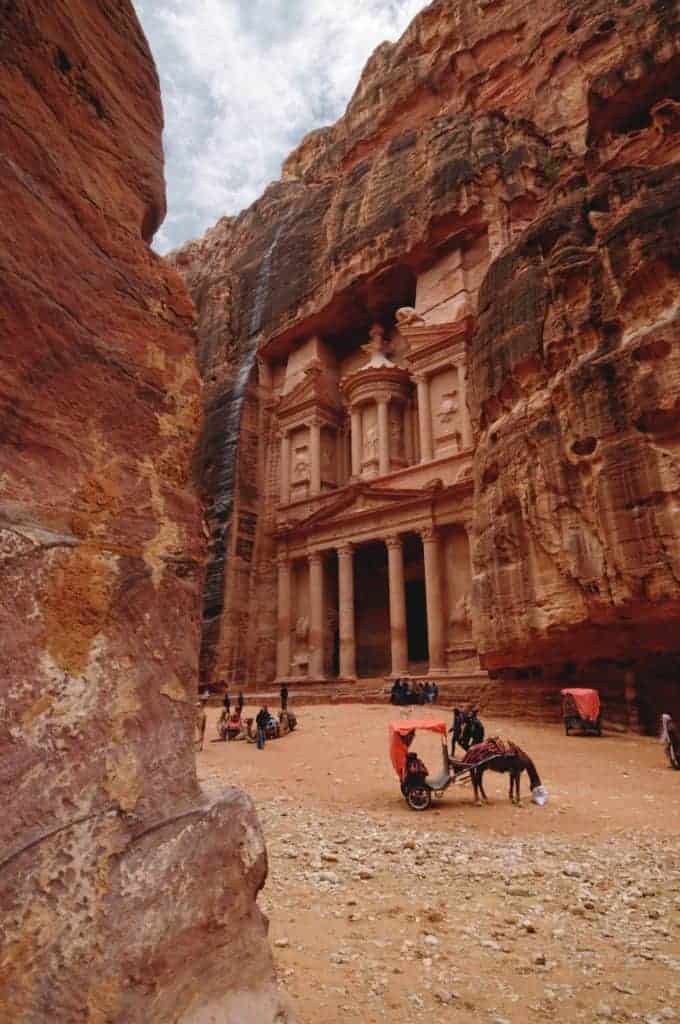
Petra
Location: Jordan | Built: 4th century B.C. to 2nd century A.D.
Petra is reached through the Siq, a stunning narrow, winding canyon of coloured rock. As you come to the end of the path, a gap in the rock opens up and you get your first glimpse of the rose coloured Treasury, Petra’s most famous building.
Built by the Nabateans in around 300BC by carving buildings into the rock, the city of Petra survived for around 400 hundred years before falling to the Roman Empire in A.D. 106. Now visitors come to Jordan to witness its fascinating structures, tombs, and temples that have been carved into the coloured sandstone cliffs.

Taj Mahal
Location: Agra, India | Built: 1632-48
The Taj Mahal is an architectural masterpiece by the Mughal empire in India. Taking around 16 years to build, this white marble structure represents typical Mughal architecture with a strict focus on balance and symmetry. The Taj Mahal is the home Mumtaz Mahal’s tomb, the wife of the Mughal Emperor Shah Jahan. It’s said that the emperor prompted the Taj Mahal to be built after her death as a symbol of his love. Today travellers and lovers alike come to marvel at the beauty of this building.

Great Pyramid of Giza
Location: Cairo, Egypt | Built: 2500BC
The only original wonder of the world left standing, the Great Pyramid at Giza is a special place. Built as a funeral tomb for Pharaoh Khufu, it had three internal chambers and standing at 146m high it was the highest building in the world until the 14th century. It’s precision of measurements and calculations make this a structural masterpiece and an insight into an ancient time.
- Compare
- Sale!
- Absolute Peru
-
£2,429.00£2,065.00 - View Trip
- Compare
- Sale!
- Absolute Peru & Galápagos Central Islands
-
£4,869.00£0.00 - View Trip
- Compare
- Sale!
- Amazon Riverboat & Machu Picchu Adventure
-
£2,929.00£2,050.00 - View Trip
- Compare

